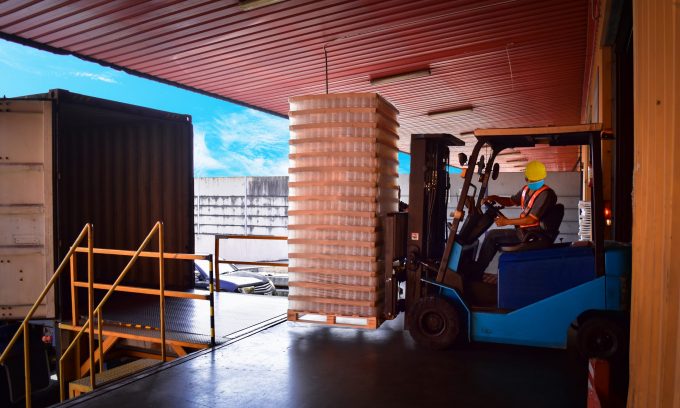China’s container depots fill up as exports feel the pinch
Container depots in China are full and having to turn away new customers, following a ...

Shortages of reefer containers and escalating costs are affecting global flows of perishables.
Some producers may pivot to domestic markets, but the international growth potential is mouth-watering.
Reefer vessels are enjoying a renaissance these days, with time charter rates up in the triple-digit range from pre-pandemic levels ...
Predatory rivals circle as the ripples from DSV's Schenker buy widen
Latest Israeli attack on Iran a threat to box ships in Straits of Hormuz
DHL Express facilities in Canada forced to shut down by strike
Industry concerns rise after yet another box ship on fire off Indian coast
New Middle East conflict brings airspace closures, flight chaos and oil price worry
More legal trouble in India for MSC: feeder vessel detained after box ship disasters
Return of downward pressure on container spot freight rates
BYD launches logistics subsidiary – and eyes ports and shipping sectors


Comment on this article